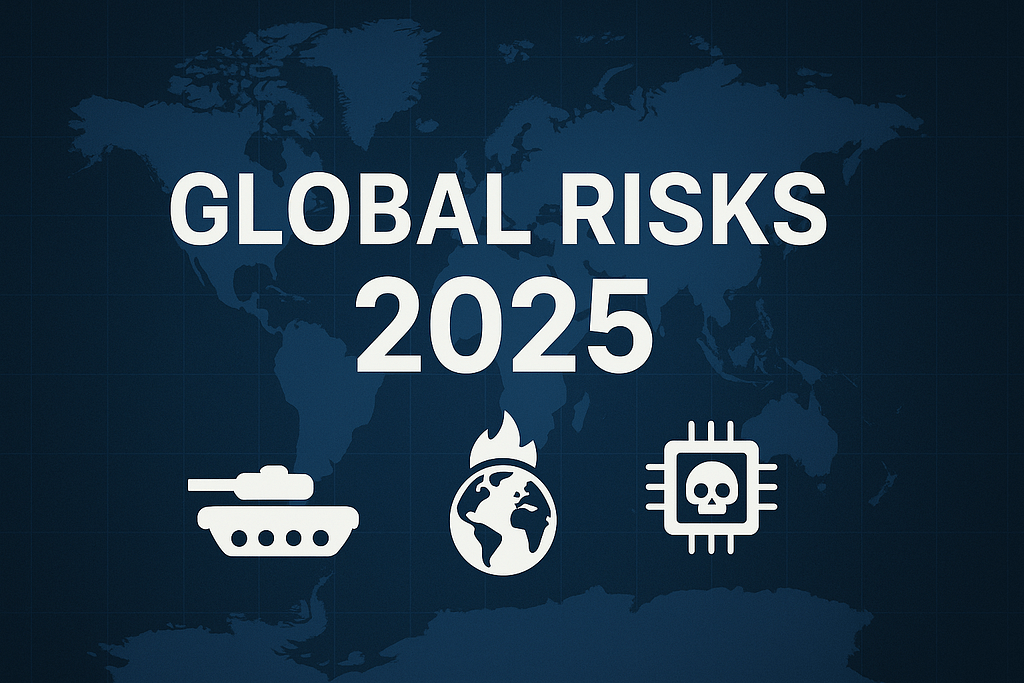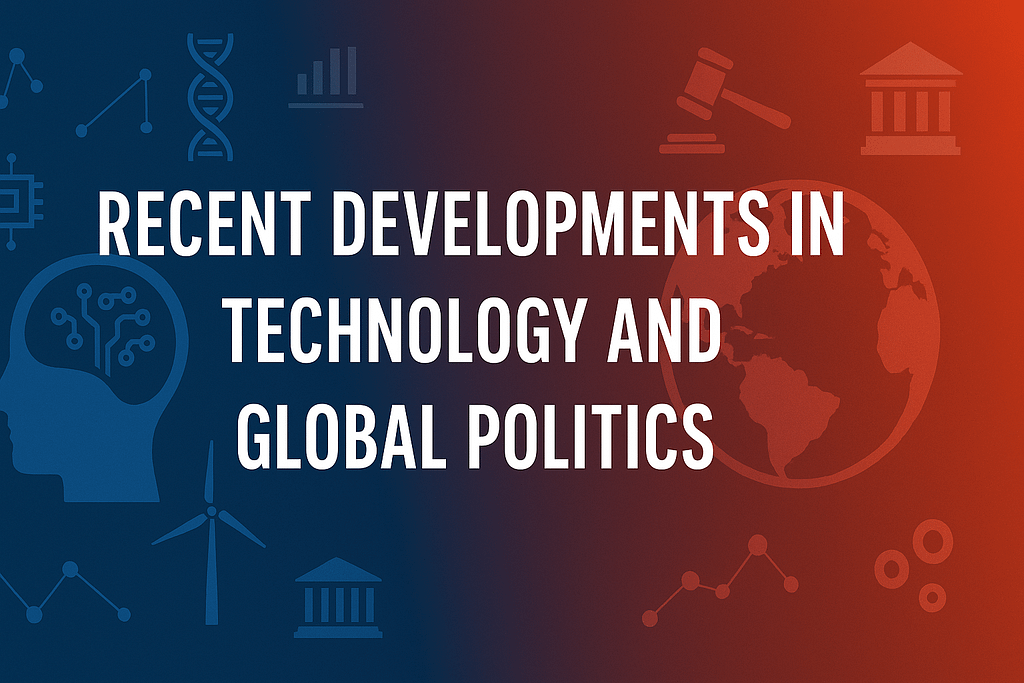The year 2025 marks a crucial turning point for the global economy. Rapid technological innovation, geopolitical tensions, and shifting trade patterns are reshaping how nations interact, trade, and compete. While opportunities for growth remain strong in areas like digital transformation and renewable energy, the global landscape is also fraught with challenges that demand immediate attention.
1. Inflation and Financial Stability
One of the biggest concerns for the global economy in 2025 is inflation. Many countries are still struggling with high prices for food, energy, and housing. Central banks worldwide are adjusting their policies, raising interest rates to stabilize markets. However, these measures come with risks—especially in developing economies that are already burdened by debt.
2. Geopolitical Tensions
Global politics continues to shape economic outcomes. Conflicts in Eastern Europe, territorial disputes in Asia, and diplomatic tensions between major powers such as the United States and China are creating uncertainty in global markets. Investors and governments alike must balance growth opportunities with the risks of instability.
3. Digital Transformation and AI
Despite these challenges, the rise of artificial intelligence (AI), automation, and digital services offers strong growth potential. Countries that embrace technological innovation are likely to see productivity gains and new job creation. From fintech to e-commerce, technology is expected to remain the backbone of global economic expansion.
4. Green Economy and Renewable Energy
Another major trend is the global shift toward sustainable development. Investments in renewable energy, green infrastructure, and climate-friendly technologies are expanding at record levels. Nations are increasingly recognizing that the transition to a low-carbon economy is not only an environmental necessity but also an economic opportunity.
5. Global Trade and Supply Chains
After years of disruption due to the pandemic and political conflicts, global trade is slowly recovering. However, companies are rethinking their supply chains, diversifying sources of production, and moving toward more regionalized trade models. This shift could reshape global economic power in the coming years.
Conclusion
The global economy in 2025 is a mix of uncertainty and opportunity. While inflation, geopolitical conflicts, and financial instability remain pressing issues, there is also tremendous potential in digital transformation, green energy, and innovation. Success will depend on how governments, businesses, and communities adapt to these evolving challenges and harness the opportunities that lie ahead.



